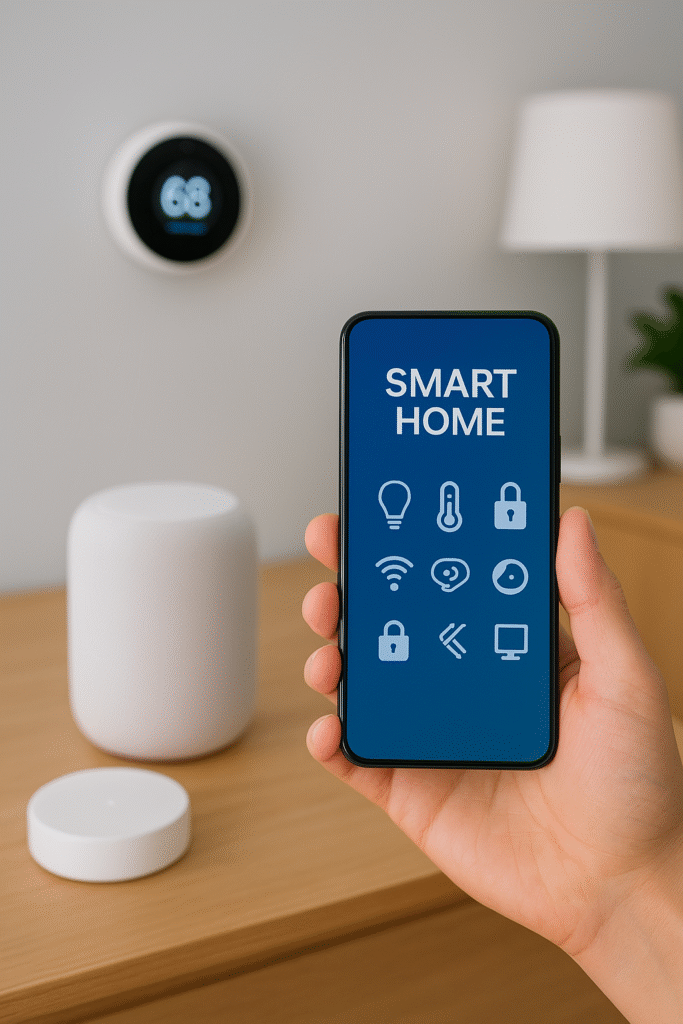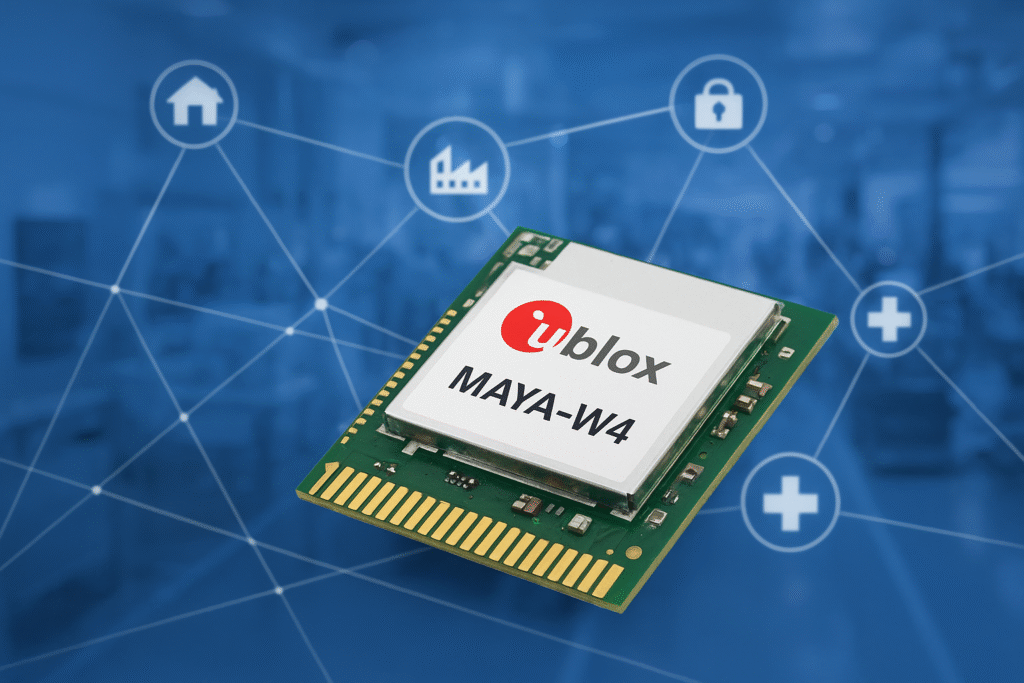
The merging of artificial intelligence (AI) with the Internet of Things (IoT) has created an exciting new concept: the Artificial Intelligence of Things (AIoT). Across industries, AIoT applications are driving automation, predictive maintenance, and energy optimization. As a result, developers and manufacturers are under growing pressure to deliver compact, secure, and energy-efficient devices.
Nowhere is this trend more obvious than in the smart home market. In the United States alone, it reached US$28.3 billion in 2024 and is projected to soar to US$99.4 billion by 2032. This rapid growth highlights the urgent demand for microcontrollers capable of delivering reliable AI performance directly at the edge.
Why Edge AI Is Essential for Smart Homes
Designing AI-enabled smart devices requires balancing several challenges. On one hand, developers need high-speed processing power. On the other hand, they must ensure low energy consumption and real-time responsiveness—all while keeping devices compact and affordable.
The solution comes from a new generation of AI-driven microcontrollers. By pairing advanced CPU cores with a neural processing unit (NPU), these chips offer significant improvements in:
- Artificial intelligence (AI) and machine learning (ML)
- Digital signal processing (DSP)
- General computing performance
Because these microcontrollers process data locally on the device, they bring immediate benefits:
- Voice assistants respond more quickly.
- Security systems identify familiar faces instantly.
- Smart thermostats adapt to user behavior faster.
- Connected appliances improve performance in real time.
In addition, local processing reduces reliance on cloud connectivity, increases security, and enhances user trust.
Renesas RA8P1: Built for AIoT Innovation
Among the leading solutions, the Renesas RA8P1 microcontroller family stands out. It delivers high performance, advanced security, and flexibility for AIoT and smart home designs.
Key Features of RA8P1 Microcontrollers:
- Exceptional AI Acceleration
Powered by Arm® Cortex®-M85 and optional Cortex-M33 dual-core architecture, paired with the Arm Ethos™-U55 NPU, these microcontrollers achieve up to 256 GOPS of AI performance and more than 7300 CoreMarks. - Robust Security Architecture
Integrated features like Arm TrustZone®, cryptographic accelerators, secure boot, immutable storage, and tamper protection safeguard connected devices in diverse environments. - Developer-Friendly Evaluation Kit
The EK-RA8P1 kit provides testing and interface options for developers, making it easier to design and validate applications such as image classification and people detection.
Key Insights for AIoT Developers
As the AIoT ecosystem continues to expand, so does the demand for high-performance and secure microcontrollers. Devices must handle AI workloads at the edge without compromising speed, reliability, or efficiency.
The Renesas RA8P1 family directly addresses these needs. With advanced AI acceleration, strong security features, and flexible development tools, it provides a reliable foundation for building the next generation of smart, connected home devices.
For developers, this means less time solving hardware limitations and more time creating innovative applications that redefine how smart homes operate.
Sources
https://www.datainsightsmarket.com/reports/smart-home-aiot-1944038
